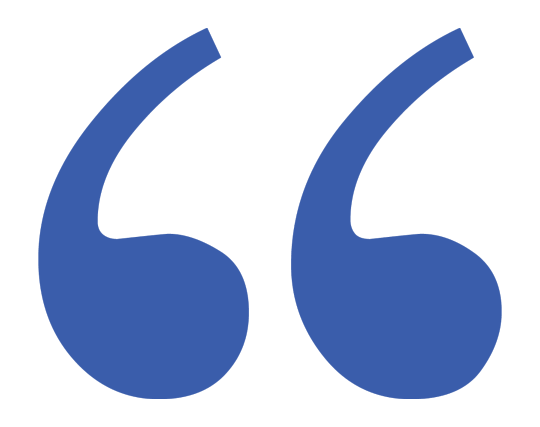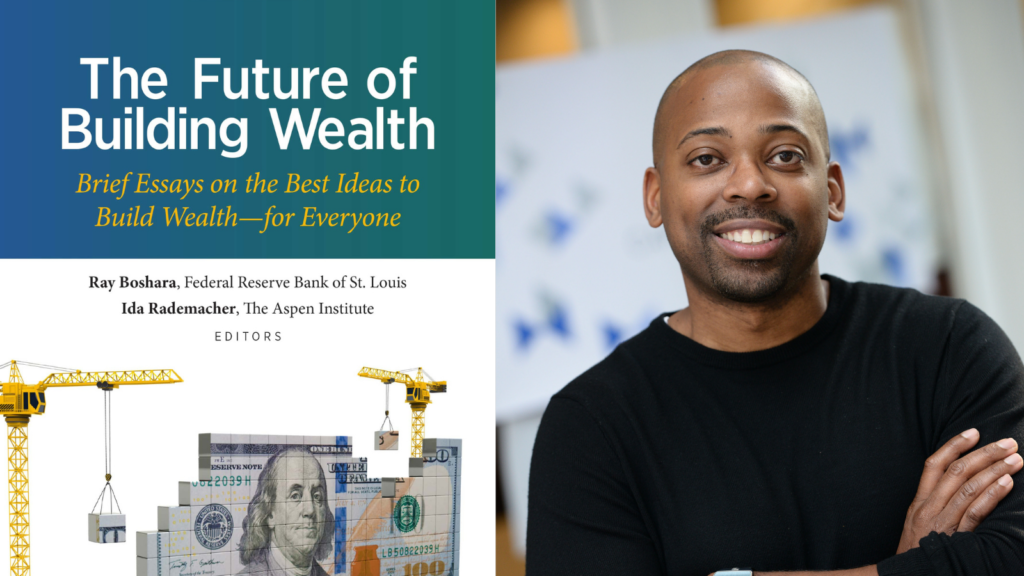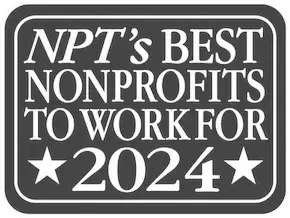The Future of Building Wealth: Ellis Carr and Others Contribute Essays on Ideas to Build Wealth—for Everyone
There was considerable evidence, even before the COVID-19 pandemic began, that the United States was marking levels of income and wealth inequality unseen for a century, all during the longest economic expansion in modern history. The stark economic inequalities that individuals and families in our nation are experiencing have been exposed and exacerbated by the pandemic.

The persistence and depth of income and wealth inequality have prompted serious national reflection on the fairness and sustainability of our current policies and systems.
Our President and CEO Ellis Carr joined with other leaders to contribute a chapter to “The Future of Building Wealth: Brief Essays on the Best Ideas to Build Wealth—for Everyone,” a new and important book discussing promising and best practices for addressing the widening wealth gaps in our society and building power for underestimated communities.
Led by The Aspen Institute and the Federal Reserve Bank of St. Louis, the book presents 63 essays, offering the latest thinking about ways to help struggling families build or rebuild wealth—especially those families that have yet to recover the wealth they lost in the Great Recession or, more recently, during the pandemic. The goal is to expand opportunity for underestimated communities by exploring novel ways for low-wealth families to generate savings, assets, and financial security.
Get a taste of Ellis Carr’s chapter, “Advancing Racial Equity Through Inclusive Community Growth” below; you can read his whole chapter here. You can access the entire book at futureofwealth.org.

Advancing Racial Equity Through Inclusive Community Growth
By Ellis Carr
The last 12 months have laid to bare what many people have known for some time: all lives in America are not treated as equal, opportunity benefits a few and the impacts of the pandemic and institutionalized racism in our country have left Black, Latinx and Native American communities with diminished wealth and opportunity.
Even before the pandemic, the racial wealth gap reflected a society that has not, and does not, afford equality of opportunity to all. Specifically for Black Americans, land seizures and sharecropping policies implemented in the 1860s and predatory lending practices that have existed since the 1970s are two examples of American history that has limited specific segments of the population from building wealth. According to McKinsey & Company,
The persistent racial wealth gap in the United States is a burden on Black Americans as well as the overall economy.
Never has there been a more critical time to rethink the policies and practices that are at work in our communities. We must adopt inclusive community growth practices rooted in equity that dismantle the unjust systems aimed to oppress and empower communities to reimagine a nation that is more inclusive and prosperous for all. To rethink the policies and practices at work
in our communities and to identify ways to drive more inclusive growth, we must first define inclusive growth and understand the parties that influence it. Growth is inclusive when more people share in the rewards of a growing economy and community. Inclusive growth leverages the individuals, associations and institutions in communities to generate sustained growth
to create productive jobs and economic opportunity, social inclusion to ensure equal access to economic opportunity and social safety nets to protect the most vulnerable.
Inclusive growth communities invest in:
- workforce training and talent development,
- entrepreneurship and small business success,
- personal financial security and access to financial resources,
- neighborhood development and growth,
- transportation and access and
- reducing gaps in health, education, safety and housing.
While these are commonly known definitions and activities, we have yet to reach an economy that is truly inclusive for all because we are only beginning to acknowledge the role race plays in our society. Our country has used race, racial bias and/or racial ideology as methods to distribute resources and opportunities. Despite this fact, people of color will soon represent the
majority of the country’s population, workforce and consumers. By lessening and ultimately eliminating disparities and opportunity differentials that limit the human potential and economic contributions of people of color,4 our country stands to realize an $8 trillion gain in GDP by 2050. To achieve this milestone, we must incorporate a racial equity lens at the core of all-inclusive growth strategies.
Read the rest of Ellis’ chapter on inclusive community growth here.







